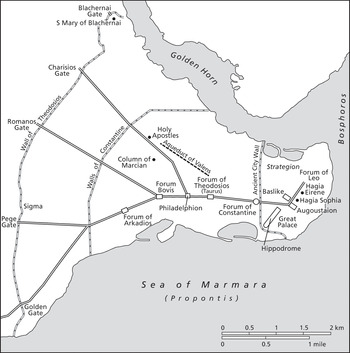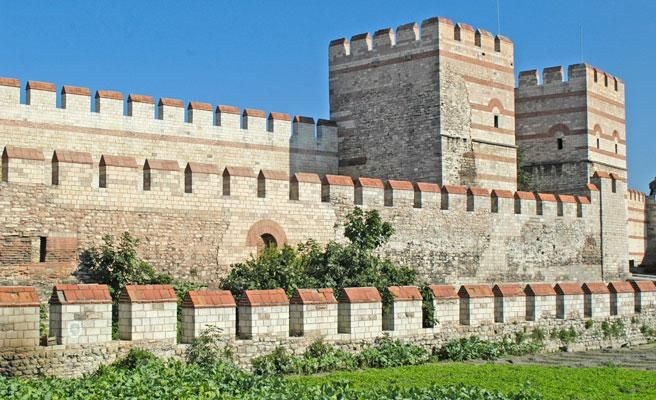At the beginning of the 4th century, Roman Empire found itself in a very critical situation. The empire had four emperors in the year 311. This system showed its weakness very quickly and the empire was suddenly in the middle of the civil war. Constantine, who would later be known as Constantine the Great, emerged victorious in the civil war. This war made Constantine the sole emperor, which soon led to the rise of Constantinople.
However, the Empire needed significant reforms, and Constantine demonstrated his capability in accomplishing this. He succeeded in establishing a stable monetary system, he introduced money with a fixed weight of gold. Constantine perfected and Diocletian’s efforts to strengthen the position of the emperor and the emperors dignity.
The turning point for emperors politics was his religious side. The legend says that during his campaign in the civil war, Constantine and his army had an apparition. Right there, in front of them in the sky, a shining cross appeared with a legend written across it. That night, in the king’s dream, Jesus confirmed an apparition. Constantine adopted the Labarum – a cross with an inscription on top, as his emblem. Under that banner he led his troops to victory. No one can confirm if this is true or not, but the later actions did show emperor as someone willing enough to give freedom to Christians in 313.
Constantinople’s Rise
So what did influence the founding of the new capital? There were several reasons for creating a new capital in the eastern part of the Empire. Precisely eastern regions endured the crisis of the 3rd century because of their larger population and larger cities. There were also many Christians whose numbers grew bigger each year and Constantine knew that if he supports them, he could have them as a strong support system against Persians.
There were few more possible capitals like Thessalonica , Naisus (due to the Via militaris), Serdica, Ephesus, Troy and many more. However, in the end Constantine decided that Byzantium on the Bosphorus, between the Black Sea and the Sea of Marmara, will be the capital.

Greek sailors from Megara built Ancient Byzantium. Septimius Severus destroyed that ancient city in 196. Construction of the new capital city began in 324, concluding on May 11, 330. They called the city The New Rome, but its most popular name was Constantinople, named after its founder.
The Architecture of Constantinople
Constantine made sure that this new city resembled the old Rome as much as he could. Constantine laid out a new square at the centre of old Byzantium, naming it the Augustaeum. On the south side of the great square was erected the Great Palace of the Emperor with its imposing entrance, the Chalke and its ceremonial suite known as the Palace of Daphne. Nearby was the vast Hippodrome.
From the Augustaeum led a great street called Mese, lined with colonnades. The Forumus of Constantine served as a second Senate-house, and a high column with a statue of Constantine himself in the guise of Helios, crowned with a halo of seven rays and looking toward the rising sun, adorned the space. From there, the Mese passed on all the way up the Seventh Hill (or Xerolophus) and through to the Golden Gate to the Constantinian Wall. This Wall marked the border and was a strong defense from any possible attack from the land.

After making sure the city had all the buildings, Constantine called the people and the aristocrats to populate the New Rome. This was a long process , but eventually Constantinople grew to be the biggest city of the Roman Empire. New capital will endure many political and historical changes and will stand strong until the 15th century, when it was finally defeated and taken by the Turks.
SUPPORT
You like our content? Consider following us on our social media platforms here for more updates on our content!